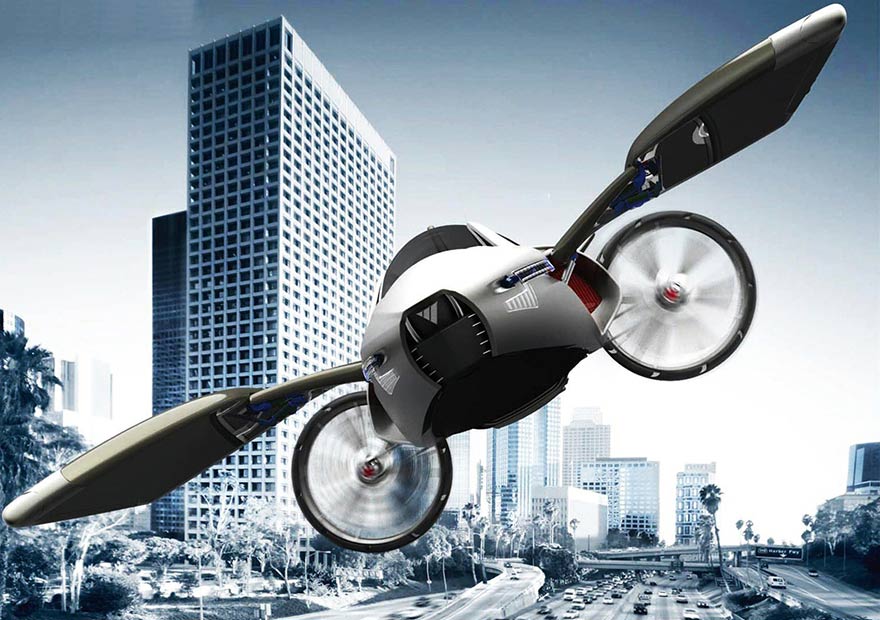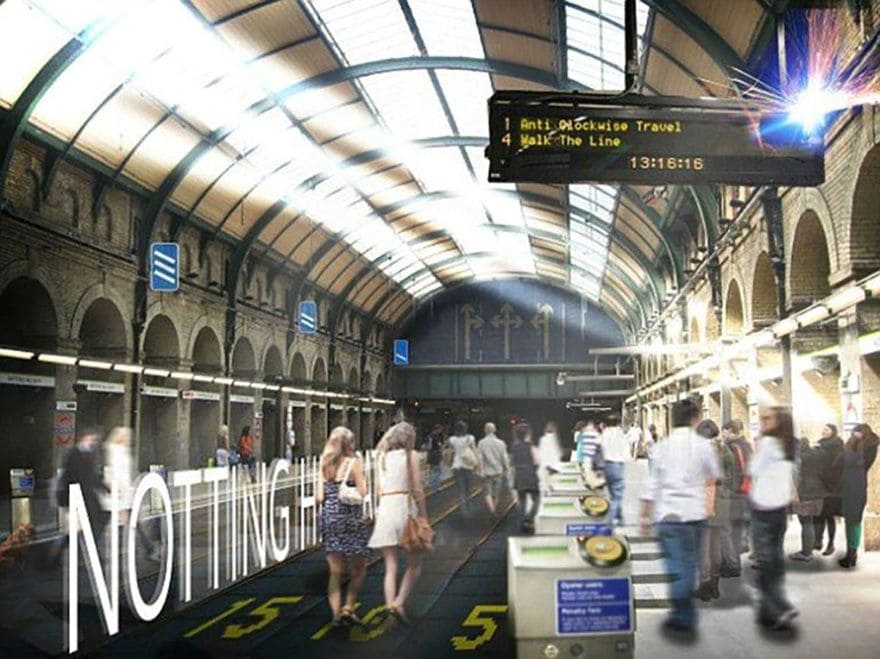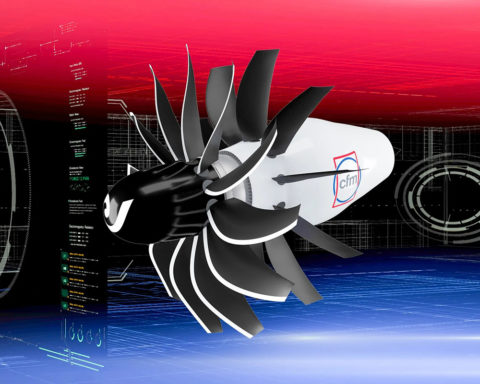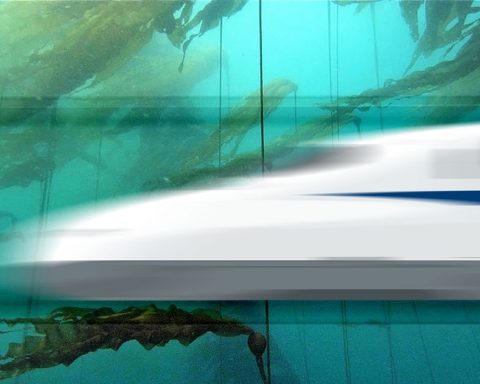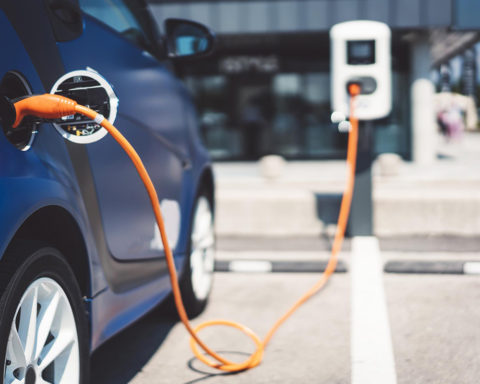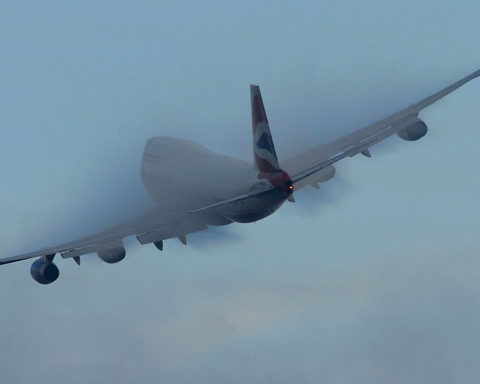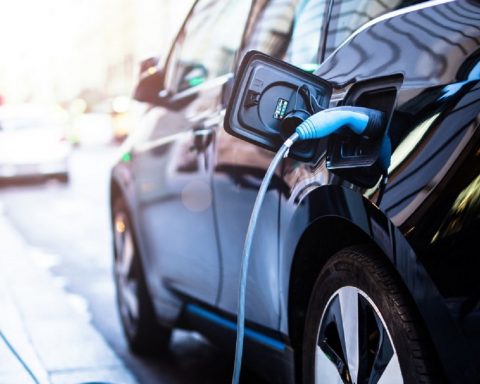Despite decades of futuristic predictions, modern transportation would not look that different today to someone in the 1950s. Certainly not compared to the fields of communications or entertainment. So why has there been so little recent innovation in transportation? And the latest proposals in this area, the unmanned carss, the levitation trains and the electric plane, can they really make a serious breakthrough?
In part, there has been no revolution because existing technologies have been able to evolve. Engines have become more efficient, fuel is of better quality, we have lighter materials, aerodynamic designs and better brakes that allow our vehicles to be manoeuvred safely. However, there will inevitably be a limit to these developments.
In any case, transport cannot be summed up by its technologies alone. It is also about people, and people do not always like change. We may be stuck with current technology, partly because of our habits, but also because of economic factors.
For example, we have an extensive fuel distribution system based on gasoline and diesel. Converting vehicles to electricity or, more speculatively, to hydrogenwould involve substantial investments that will be difficult to finance. In the UK, drivers are accustomed to manual transmissions and may be reluctant to learn how to use them. make greater use of automated systems. In the same way, we would be reluctant to use a different keyboard for our computer even if it was more efficient. We're stuck with what we already have, let's call it the" AZERTY economy "
The human factor can have unintended consequences - one of the ironies of automation is that it can lead us to pay less attention to the tasks attached to it. For example, a cruise control that adapts to driving can make motorists less aware of the risks.
Even with complete automation of tasks, while we are still struggling to operate all trains without operating personnelIn fact, it is possible to suggest that driverless cars are a fashionable phenomenon. Another innovation shows that human needs must be taken into account: the design of innovative aircraft, such as the flying wing, is hampered by the demand for a seat near the window (NASA had proposed that windows could be replaced by a streaming video).
These new inventions in the wind will have to be based on an economic model and the right infrastructure, otherwise they will remain at the prototype stage like the pneumatic conveying system appeared in New York in the 1870s, the precursor of the l’Hyperloop of Elon Musk. Let's go back to the flying car example. Even assuming the technology works, where would they land?
Such a system can only succeed if the infrastructure - air traffic control, landing space, etc. - is in place. - is available. Technically, flying cars can fly from airport to airport, so what's the problem? Until there are enough cars to take off and land on land or roads, we will have none of the benefits of this technology. And there won't be enough cars until there's enough land. A real squaring of the circle.
The niche innovation trap
When looking at the interactions between technologies and societies, it may be useful to consider three different levels The one of niches, diets and landscapes.
In transportation, there are many niche innovations - electric vehicles, hydrogen fuel cells, car sharing clubs - but few are becoming widespread. One exception is hybrid electric vehicles such as the Toyota Prius, but even here the underlying technology is not so recent: it can be traced back to a patent filed in 1898 by Ferdinand Porsche, no less.

The problem is not to come up with new ideas, it is to change the big picture. At the second level, new technologies in transport have faced resistance from special interests, such as oil producers and car manufacturers. At the third level, which takes into account the global landscape in which a discovery has to be made, it can be said that major innovations are not always favoured - particularly because of low oil prices.
With many individual actors, all different, transport is also subject to a kind of "tragedy of the commons"where competing designs and brands compete. Navigation technologies can only be sold if they benefit the individual consumer. However, if we all have access to these technologies, we may collectively be hindered by too much road traffic. For the good of all, it would be beneficial if, at times, our GPS could send us on a longer route. But who would knowingly buy such a system?
Battery technology for electric cars could be adopted more quickly if it became standardised, in particular to allow automated battery exchange. But standardized for which technology? For its part, the implementation of the magnetic levitation train is hampered by the fact that it cannot run on traditional lines and that there is only one limited opportunity for use on the rail network of other trains of its type.
In short, despite the hype about disruptive technologies such as those put forward by the Uber company, it is unlikely that transport will experience a technological paradigm shift until there is a major change in the landscape. Of course, with the crude price volatilityGiven the current economic situation, limited oil reserves and geopolitical factors, such a change could happen tomorrow. But for the time being, advances in technology do not seem to be accompanied by demand from society. People may enjoy watching science fiction, but they are not yet ready to experience it.
John PrestonHead of the Transportation Research Group, University of Southampton
Ben WatersonLecturer in Transportation, University of Southampton
*David Graeber, Bureaucracy (LLL, the Links that Free, 296 p, 22 euros)
The original text of this article was published on The Conversation.

